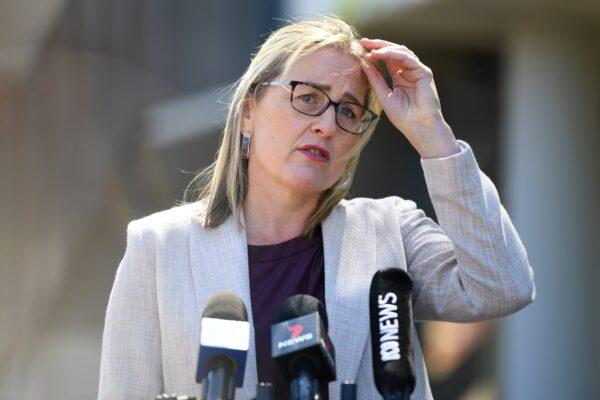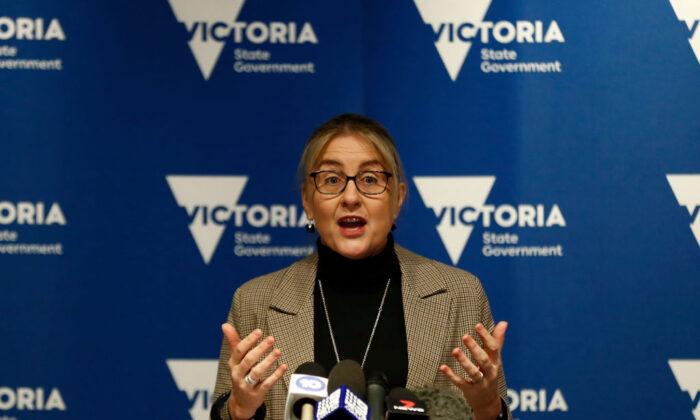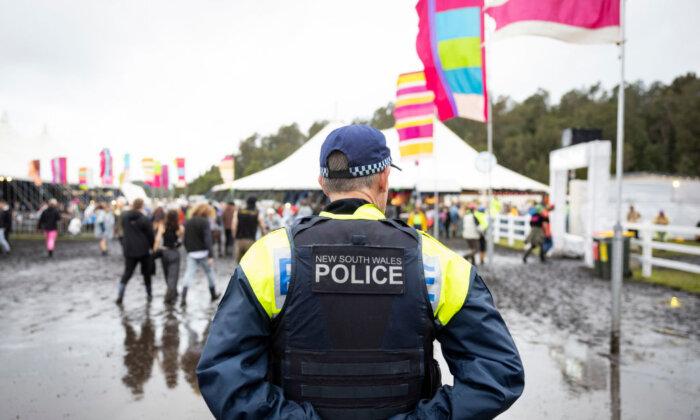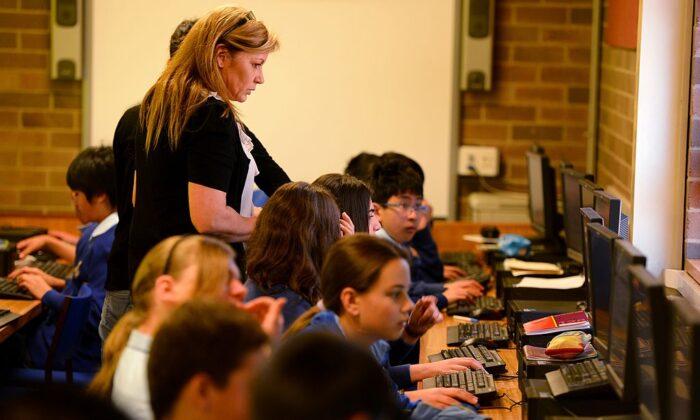The Victorian government has revived the State Electricity Commission (SEC) and will roll out a new plan to help accelerate the state’s charge towards net zero.
For 70 years, the SEC was the driving force behind Victoria’s energy network.
However, former state Liberal Premier Jeff Kennett privatised it in the 1990s, a decision recently retired Labor Premier Daniel Andrews claimed drove up power bills.
In the last state election, the SEC was one of Mr. Andrews’s core promises, saying, “Privatisation of our energy system has failed. It’s why we'll return government ownership of energy, bringing back the SEC.”
Newly appointed Victorian Premier Jacinta Allan announced, “The SEC is officially back.”

Lowering Household Energy Bills
Ms. Allen said the “power” was being put back in the hands of Victorians to lower their household energy bills and make the most of “cheap” renewables.She launched the SEC’s Strategic Plan 2023-2035 on Oct. 26, outlining an initial $1 billion towards 4.5 gigawatts of energy production and storage projects to power around 1.5 million homes.
The SEC will also provide information and training to households on how to electrify their home, claiming that residents of detached homes (without solar) spend around $4,400 yearly on energy bills, compared to $3,000 yearly after complete electrification.
Savings can increase to over $2,700 yearly with solar installed, or a 60 percent energy bill reduction.
Workforce Boost: 60,000 Jobs
Meanwhile, the government also predicts 59,000 job opportunities, including 6,000 traineeships and apprentices, to help deliver the infrastructure and services needed for the state to achieve 95 percent renewable energy before 2035.The SEC Centre of Training Excellence will engage with schools, TAFEs, and industry to support a skilled renewable energy workforce.
SEC Minister Lily D’Ambrosio said 25 gigawatts of renewable energy needed to be in the grid before 2035—and the SEC will be critical in securing the investment and workforce required.
Ms. D’Ambrosio said accelerating the renewables transition would be a key driver to achieving the state’s “most ambitious” emissions reduction targets worldwide.
Opposition Leader Questions the Funding
Opposition Leader John Pesutto said “nothing new” was in the government’s announcement and “much more money will be required.”“There’s a reason Jacinta Allan is not telling Victorians how much money she’s going to commit to her SEC,” he said. “You know why? Because it’s all going to be extra debt.”
Meanwhile, Clean Energy Council CEO Kane Thornton said governments needed to strike the right balance.
Mr. Thornton said support for long-duration storage projects was an area where governments could play a key role.
“It is vital that when governments make market interventions, all consequences are considered,” he said.
“What unites this industry is that we want to see sustainable investment from governments across Australia in a way that supports our long-duration success in reaching our renewable energy targets and delivering low-cost, clean energy for homes and businesses.”
What About Gas?
Friends of Earth Melbourne (FOE) welcomed the “significant” move but said it should come with a plan to shut down gas distribution for the stateNo More Gas campaign coordinator Freja Leonard said, “There can be no zero emissions energy plan for Victoria without grasping the nettle of what it will take to retire gas.”
Victoria’s gas distribution network leaks around 3.7 percent of the fossil gas piped through the system.
“It’s time to retire the pipes, and we need to let local governments and the community know that there is a coherent state government plan for this retirement,” she said.







